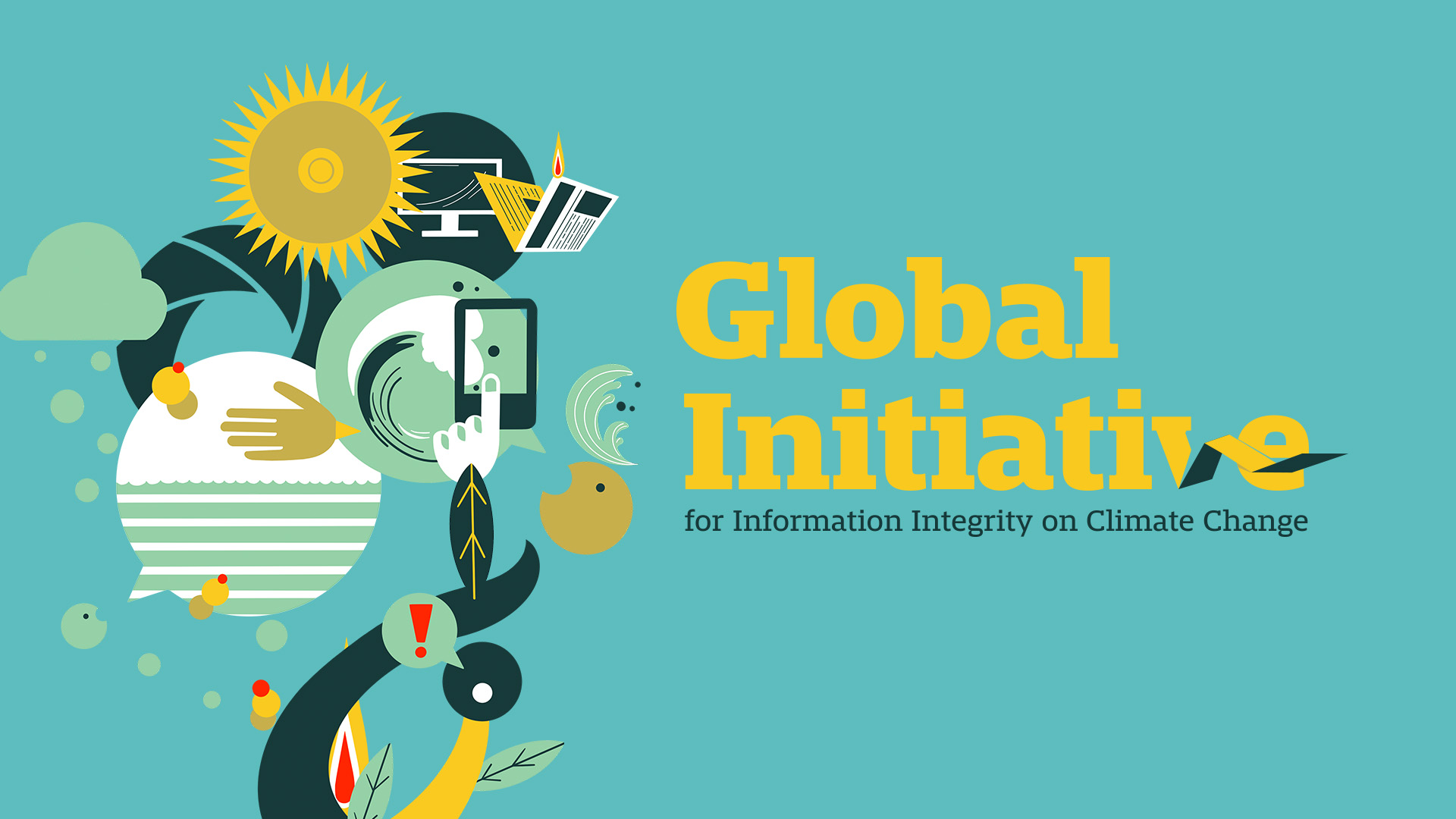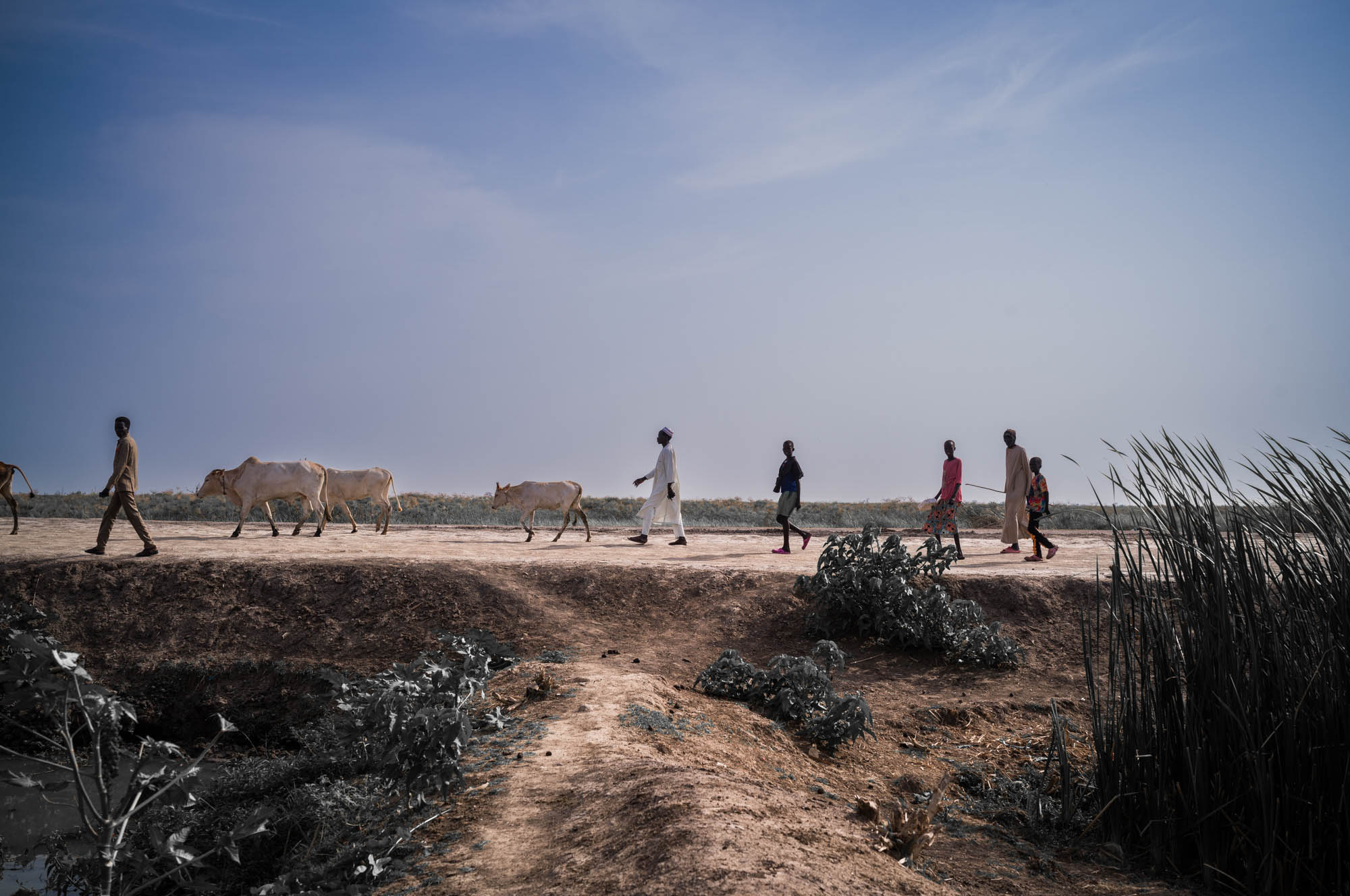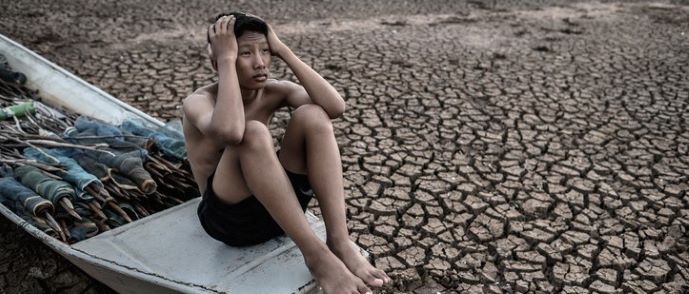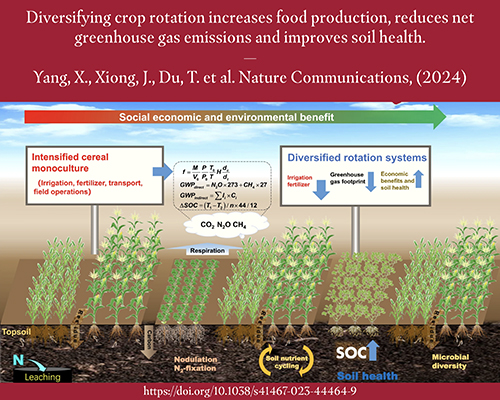Report on Media Initiatives Documenting Progress Toward Sustainable Development Goal 13: Climate Action
A review of various storytelling collections and series reveals a significant focus on documenting the impacts of and solutions to climate change. These initiatives provide critical narratives that align with and support the United Nations Sustainable Development Goals (SDGs), primarily SDG 13 (Climate Action). Furthermore, these collections highlight the interconnectedness of climate change with other global objectives, including clean energy, sustainable communities, and social justice.
Global Storytelling Platforms and their Contribution to the SDGs
Country Profiles by Carbon Brief
This series provides in-depth analyses of how key emitting nations are addressing climate change through national policies. Its content directly supports several SDGs:
- SDG 13 (Climate Action): By examining national climate policies and commitments.
- SDG 7 (Affordable and Clean Energy): Through detailed reporting on energy policies and the transition to renewables.
- SDG 17 (Partnerships for the Goals): By offering a comparative view of how different nations are contributing to the global effort.
Postcards from a World on Fire by The New York Times
This collection presents 193 visual snapshots, one for every country, illustrating the global scope of climate change. The series emphasizes the urgency of SDG 13 (Climate Action) by showcasing a wide range of impacts and responses. The stories frequently touch upon other goals, such as SDG 11 (Sustainable Cities and Communities), SDG 14 (Life Below Water), and SDG 15 (Life on Land), by depicting how climate change affects diverse ecosystems and human settlements.
Climate Stories Project
This initiative compiles first-person audio testimonials from individuals worldwide, offering qualitative data on the human experience of climate change. The project advances:
- SDG 13 (Climate Action): By personalizing the consequences of climate change and fostering public empathy and engagement.
- SDG 10 (Reduced Inequalities): By amplifying the voices of individuals from diverse geographical and socioeconomic backgrounds, ensuring their perspectives are included in the climate discourse.
North American Initiatives Advancing Climate Solutions and Sustainable Communities
50 States 50 Fixes by The New York Times
This project documents local-scale climate solutions across the United States. Each story serves as a case study for implementing the SDGs at a community level, including:
- SDG 11 (Sustainable Cities and Communities): Highlighting solutions like community rain gardens and composting programs.
- SDG 7 (Affordable and Clean Energy): Featuring local solar and wind energy projects.
- SDG 12 (Responsible Consumption and Production): Showcasing initiatives for mine waste cleanup and sustainable resource management.
Climate Solutions Week by National Public Radio
This annual series features stories on innovative environmental solutions. Thematic series such as “Rethinking Home” and “The Future of Food” directly correlate with specific SDGs, including SDG 11 (Sustainable Cities and Communities) and SDG 2 (Zero Hunger), respectively, while contributing to the broader objective of SDG 13 (Climate Action).
Race Against Climate Change by Canada’s National Observer
This extensive collection of articles provides a comprehensive chronicle of climate-related issues and actions, primarily within North America. The reporting underscores the multifaceted nature of SDG 13 (Climate Action) and its intersection with national policy, industry, and community life.
Climate Stories Atlantic
Focusing on Canada’s four Atlantic provinces, this solutions-oriented publication features articles and podcasts on local climate initiatives. Its regional concentration provides valuable insights into place-based approaches to SDG 13 (Climate Action) and is particularly relevant to SDG 14 (Life Below Water), given the region’s maritime context.
Climate Justice Solutions by The Solutions Project
This multimedia story bank profiles projects in frontline communities, emphasizing equity in the climate movement. It provides a crucial link between climate action and social justice, directly supporting:
- SDG 10 (Reduced Inequalities): By focusing on solutions developed by and for communities most impacted by environmental hazards.
- SDG 16 (Peace, Justice and Strong Institutions): By promoting a justice-centered approach to climate solutions.
- SDG 13 (Climate Action): By demonstrating that effective climate action must be equitable and inclusive.
Informational Resources Supporting SDG Implementation
Skeptical Science
This organization provides scientific information to debunk climate misinformation. This work is instrumental in supporting SDG 13 (Climate Action) by ensuring that public discourse and policy decisions are based on accurate data. By fostering an informed citizenry, it also contributes to the aims of SDG 16 (Peace, Justice and Strong Institutions), which relies on access to information and accountable institutions.
Analysis of Sustainable Development Goals in the Article
1. Which SDGs are addressed or connected to the issues highlighted in the article?
The article primarily focuses on climate change, its impacts, and solutions, directly connecting to several Sustainable Development Goals (SDGs). The following SDGs are addressed:
- SDG 13: Climate Action: This is the central theme of the article. The entire text is dedicated to collections of stories about “climate change,” “climate solutions,” and our “changing world.” It discusses how various countries are responding to climate change and highlights both negative impacts and positive actions.
- SDG 7: Affordable and Clean Energy: The article explicitly mentions “local solar panels and wind energy” as examples of “local-scale climate solution[s]” being implemented. This directly relates to the goal of increasing the share of renewable energy.
- SDG 11: Sustainable Cities and Communities: The article references several community-level actions aimed at sustainability. The “50 States 50 Fixes” series includes stories on “rain gardens,” “composting,” and “mine waste cleanup,” all of which contribute to making human settlements more sustainable and resilient.
- SDG 16: Peace, Justice and Strong Institutions: The mention of the “Climate Justice Solutions” story bank, which focuses on projects in “frontline communities,” connects to this goal. It highlights the importance of justice and inclusivity in addressing climate change, ensuring that solutions are responsive to the needs of all, especially vulnerable populations.
2. What specific targets under those SDGs can be identified based on the article’s content?
Based on the issues and solutions discussed, the following specific targets can be identified:
- Target 13.3: Improve education, awareness-raising and human and institutional capacity on climate change mitigation, adaptation, impact reduction and early warning.
- Explanation: The article’s core purpose is to showcase storytelling collections that “dive deep into our changing world” and serve as a “go-to place for information that will debunk climate myths and lies.” Projects like the “Climate Stories Project” and “Postcards from a world on fire” are designed to raise public awareness and educate people about climate change through personal narratives and scientific information.
- Target 7.2: By 2030, increase substantially the share of renewable energy in the global energy mix.
- Explanation: The article identifies “local solar panels and wind energy” in the “50 States 50 Fixes” series as a key climate solution. This directly supports the objective of transitioning to renewable energy sources.
- Target 11.6: By 2030, reduce the adverse per capita environmental impact of cities, including by paying special attention to air quality and municipal and other waste management.
- Explanation: The mention of “composting” and “mine waste cleanup” as local solutions directly addresses the waste management aspect of this target, aiming to reduce the environmental footprint of communities.
- Target 16.7: Ensure responsive, inclusive, participatory and representative decision-making at all levels.
- Explanation: The “Climate Justice Solutions” project, which profiles stories from “frontline communities,” implies a focus on including marginalized groups in climate action. This aligns with the goal of ensuring that decision-making processes for solutions are inclusive and just.
3. Are there any indicators mentioned or implied in the article that can be used to measure progress towards the identified targets?
The article mentions and implies several indicators that can be used to measure progress:
- For Target 13.3 (Climate Education and Awareness):
- Indicator (Directly Mentioned): The article provides a direct statistic related to public awareness: “Only 28% of U.S. residents regularly hear about climate change in the media, but 77% want that news.” This data point can be used to measure the gap in climate communication and track progress in media coverage.
- Indicator (Implied): The sheer volume of stories in the collections serves as a proxy indicator for the extent of awareness-raising efforts. Examples include “193” stories in “Postcards from a world on fire,” “2674 articles” in “Race against climate change,” and nearly “60” stories in NPR’s “Climate Solutions Week.” The existence and growth of these story banks measure the mainstreaming of climate education in media.
- For Target 7.2 (Renewable Energy):
- Indicator (Implied): The article does not provide quantitative data but implies progress by citing the implementation of “local solar panels and wind energy” projects. The number and scale of such projects featured in the story collections can serve as a qualitative indicator of the increasing share of renewable energy.
- For Target 11.6 (Waste Management):
- Indicator (Implied): The article points to actions like “composting” and “mine waste cleanup.” The implementation and adoption rate of these community-level waste management solutions, as documented in the stories, can be used as an implied indicator of progress toward reducing the environmental impact of cities.
4. Table of SDGs, Targets, and Indicators
| SDGs | Targets | Indicators |
|---|---|---|
| SDG 13: Climate Action | Target 13.3: Improve education, awareness-raising and human and institutional capacity on climate change. |
|
| SDG 7: Affordable and Clean Energy | Target 7.2: Increase substantially the share of renewable energy in the global energy mix. | Implied: The existence of stories about “local solar panels and wind energy” projects as examples of climate solutions. |
| SDG 11: Sustainable Cities and Communities | Target 11.6: Reduce the adverse per capita environmental impact of cities, including waste management. | Implied: The documentation of community actions like “composting” and “mine waste cleanup” as solutions. |
| SDG 16: Peace, Justice and Strong Institutions | Target 16.7: Ensure responsive, inclusive, participatory and representative decision-making. | Implied: The existence of the “Climate Justice Solutions” project focusing on “frontline communities” as an effort towards inclusive climate action. |
Source: yaleclimateconnections.org







